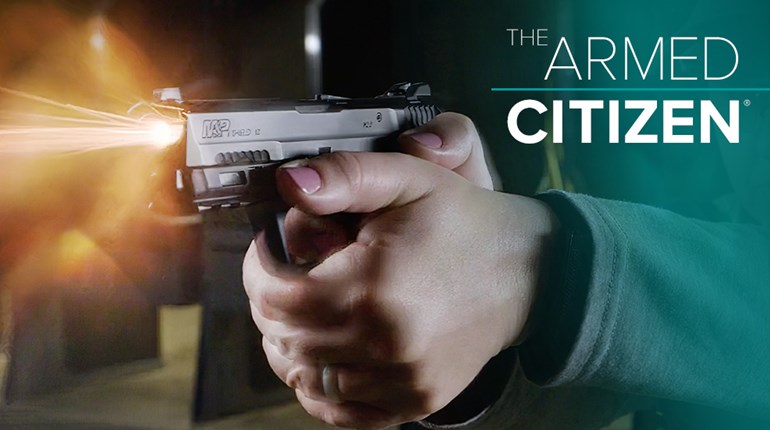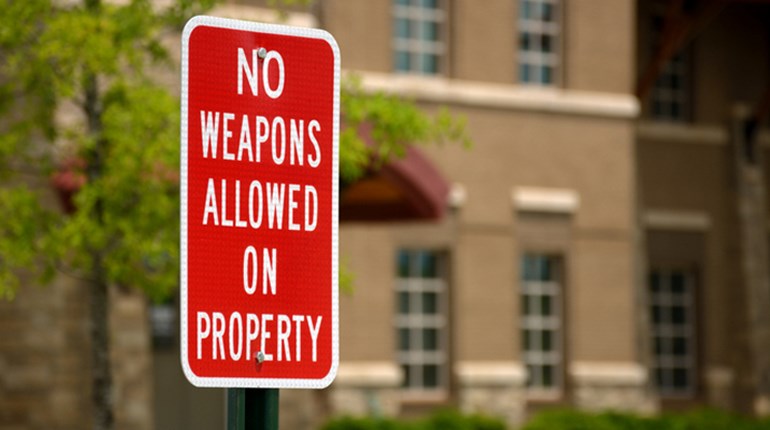
As someone who carries a concealed firearm every day, my main defensive strategy centers around avoidance. The last thing I want is involvement in a shooting, so it’s in my best interests to avoid people, places and situations that could result in a need to defend myself or my family. I’m aware the world can be a dangerous place and I may run into people who wish to do me harm. Knowing this, I try to remain alert and attuned to my surroundings.
Awareness and alertness are your keys to staying safe and avoiding potentially deadly outcomes. You can’t stop those kinds of situations if you don’t see it coming, so it's important to train yourself to be alert and to stop situations from happening before they ever start.
While we know there are thousands of defensive-firearm uses every year, what we don’t know for certain is the number of "stops" that occur without a shot being fired. Some researchers number these events in the millions, and I refer to them as a psychological stop. What I mean is, the bad actor stops his aggressive actions because he realizes he’s been seen, thinks he won’t be successful, realizes he is in danger of being hurt or shot or otherwise changes his behavior.
Your body posture, your actions and your voice all play a part in stopping aggressive behavior and this can be described in four levels. For the purpose of illustrating these steps, imagine it’s dark and you’re walking alone towards your car in a parking garage. 
Level 1
You see a person moving towards you in a threatening manner. Face them, assume a forward leaning fighting stance, get your hands up, palms out and yell, “Stop!” Your open, empty hands tell onlookers you’re not the aggressor and convey a strong message.
Level 2
The person continues to move towards you, perhaps saying something like, “Hey, I just want to see if I can borrow your cell phone.” Back up if you can, assume a firing grip on your holstered pistol and give the “Stop!” command again. This conveys a very strong message that you’re serious, you’re armed and ready to defend yourself if necessary. Bear in mind, this action can be construed as menacing or assault if your actions aren’t justified.
Level 3
Undeterred, the bad guy keeps coming, perhaps moving more quickly. Draw to the low ready, muzzle depressed, with two hands on your pistol and once more yell, “Stop!” while moving away and placing something like a car between you and him.
Level 4
In the unlikely event the bad guy keeps coming, perhaps producing a weapon, your next step is to point your pistol at him and yell, “Stop!” for the last time. If he keeps coming there’s no longer a need to talk, the fight is on. Your mental trigger will tell you if you need to shoot. What’s the mental trigger? It’s the tripwire you’ve already decided upon that will cause you to act. He starts to produce a gun, he keeps coming and crosses a line you determined you can’t let him pass, and so on. It can be any number of things but it’s a final decision in the need to use deadly force.
In my personal experience since retiring from the Border Patrol, I’ve had to go to Level 2 a couple of times but no further, and I sincerely hope I never have to. Have a plan, be aware and be alert and you’ll have the means to stop it before it ever starts.




































